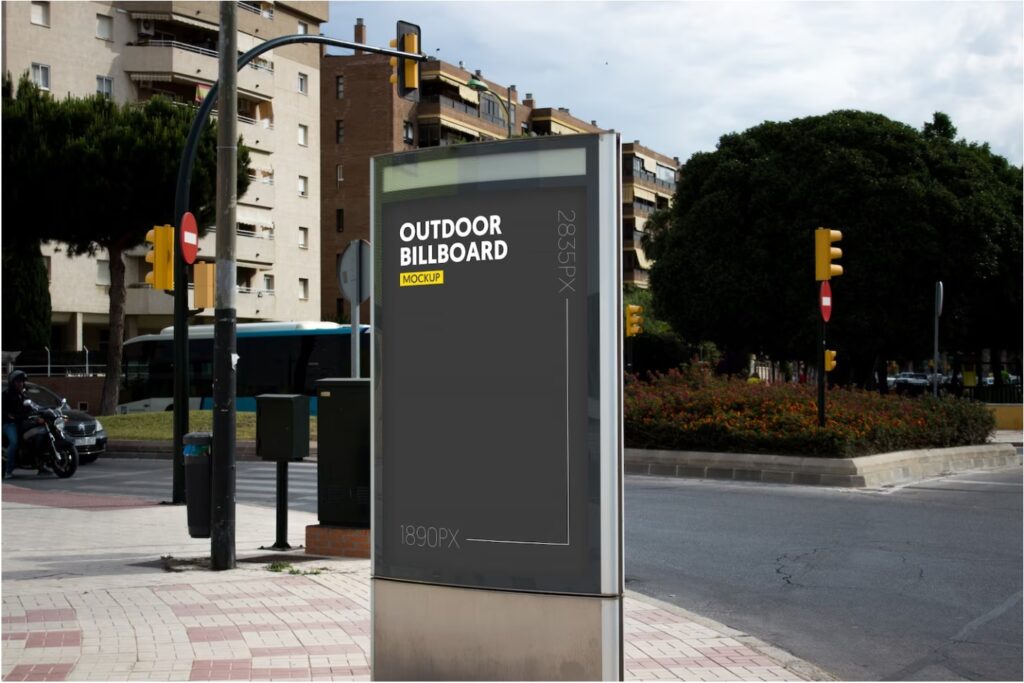The Evolution of Advertising: Is Traditional Advertising Still Relevant?

In today’s digital era, where technology and social media dominate our daily lives, the landscape of advertising has undergone a significant transformation. The rise of online marketing, social media platforms, and targeted digital campaigns has led many to question the relevance of traditional advertising methods.
Has traditional advertising lost its touch? Or is it still effective despite the popularity of digital advertising? Explore the changing advertising landscape and examine whether traditional advertising is still relevant in today’s fast-paced and digitally connected world.
Wider Reach and Targeted Approach
Traditional advertising methods, such as television, radio, and print ads, still possess the power to reach a vast audience. Despite the proliferation of digital media, there are still segments of the population who rely on traditional channels for news, entertainment, and information. By utilizing traditional advertising methods, brands can target these specific demographics and geographies effectively. For example, a local business might find that advertising in community newspapers or on regional radio stations provides the most efficient way to reach their target audience.

Tangible and Trustworthy
Traditional advertising methods often provide a tangible and physical presence that digital ads cannot replicate. Print ads in newspapers and magazines, billboards on highways, and flyers distributed in local communities offer a physical touchpoint that can leave a lasting impression on consumers. Additionally, traditional advertising channels have established a sense of trust and credibility over time. People are accustomed to seeing advertisements in newspapers, on billboards, and during television programs, which can lend a sense of legitimacy to the brands that utilize these channels.
Engaging Multi-Sensory Experience
Traditional advertising has the advantage of engaging multiple senses simultaneously. Television and radio advertisements combine visuals, audio, and storytelling to create a captivating experience. These mediums have the ability to evoke emotions, create brand recognition, and leave a lasting impact on viewers. The power of sight and sound working together can be a persuasive tool in conveying messages effectively.
Complementary Role with Digital Advertising
Rather than viewing traditional and digital advertising as competitors, it is essential to recognize their complementary roles. Traditional advertising can work in synergy with digital campaigns to reinforce messages and increase brand recall. For example, a television or billboard ad can drive awareness and pique curiosity, while a follow-up digital campaign can provide more detailed information, encourage engagement, and prompt action. By combining both approaches strategically, brands can maximize their reach and impact.

Niche Audiences and Unique Demographics
While digital advertising allows for precise targeting, traditional advertising methods can still be valuable when it comes to reaching niche audiences and unique demographics. For instance, certain demographics, such as older generations or rural communities, may not be as digitally connected or responsive to online ads. In such cases, traditional advertising channels can provide an effective means of reaching these specific groups.
The advertising landscape has undoubtedly shifted with the advent of digital technology and the rise of online marketing. However, declaring traditional advertising as irrelevant would be premature. Traditional advertising methods still offer significant advantages, including wider reach, tangibility, trustworthiness, multi-sensory experiences, and the ability to reach niche audiences. In a world where consumers are constantly bombarded with digital content, traditional advertising can provide a refreshing change and create a memorable impact.
Rather than dismissing traditional advertising altogether, it is beneficial to strive for a balanced approach, integrating traditional and digital strategies to leverage the unique benefits of each. By understanding the target audience, utilizing the right mix of channels, and adapting to changing consumer preferences, brands can harness the power of both traditional and digital advertising to maximize their reach, engagement, and overall marketing success.
Want to learn more about traditional advertising? Get in touch with us today!


LEAVE A COMMENT